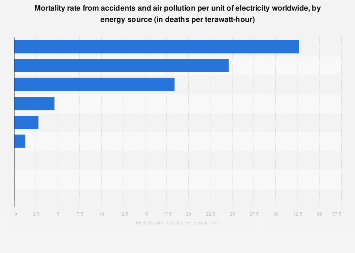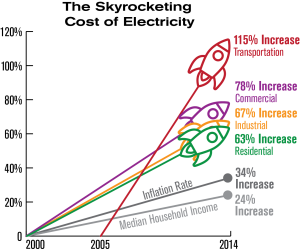Assuming you are attempting to compute how much energy is contained in your laser pulses, you are either working with a pulsed laser and need to know the energy in every individual pulse, or with a CW or pulsed laser that is terminated for a known and limited measure of time. Relax, in the two cases, the conditions are truly straightforward: Pulse Power
For a pulsed laser, you should isolate the typical power of your source by its redundancy rate. Laser determination sheets typically give these two boundaries, yet for superior precision, they can likewise be estimated by reasonable instruments.

Pulsed laser: Pulse Energy (Joules) = Normal Power (Watts)/Reiteration Rate (Hertz)
We should place a few genuine qualities in there and expect that you are working with a laser that has a proper 200 W yield and a redundancy rate that can be tuned from 20 Hz to 1 kHz. If you set the control at 20 Hz, we have 200 W/20 Hz = 10 J for each pulse.
To furnish a consistent 200 W yield with 20 pulses being terminated each second, then, at that point, every one of your pulses needs to contain 10 J of energy.
If you set the control at 1 kHz (1000 pulses consistently), we have 200 W/1000 Hz = 0.2 J = 200 Jm in each pulse. For a decent typical power, the higher the reiteration rate, the lower the energy per pulse.
For a CW or pulsed laser that is terminated for a known and limited measure of time, you should increase the typical power of your source at that point, which is frequently called “Pulse Span”.
As referenced beforehand, the typical power of your source is generally something given in its detail sheet.
High-exactness laser bar estimation instruments assist architects, researchers, and experts in a wide range of laser applications from the production line to the emergency clinic, lab, and examination with centering.
- Laser power meters
- Laser energy meters
- Laser shaft profilers
- Terahertz power meters
Concerning how much time you will fire your laser, indeed, for clear reasons, the detail sheet doesn’t have the foggiest idea about that, except if the laser has pre-customized pulse terms that you can utilize.
CW or pulsed laser: Pulse Energy (Joules) = Normal Power (Watts) * Pulse Span (Seconds)
Once more, we should utilize a few genuine qualities and expect you are working with a CW laser that yields 500 W. If you fire this laser at an article for precisely 5 seconds, you have 500 W * 5 s = 2500 J.
This is the aggregate sum of energy that you coordinated towards this article during this long pulse.
Another model: on the off chance that your 500 W laser has a 200 ms pre-customized pulse length, that will give you 500 W * 0.2 s = 100 J of complete energy. The absolute energy can be constrained by adjusting the pulse width/term.
Why is pulse energy Estimation Significant?
For the people who are perusing, wondering for no specific reason here is a genuine model: In a few clinical and medical procedure applications, pulsed lasers are utilized to treat and cut many kinds of body tissues.
To keep away from super durable harm to one’s body and on the opposite side stay away from fragmented or wrong treatment, it is compulsory to gauge pulse energy to ensure it is steady around the ideal perfect balance.
This will guarantee both well-being and productivity during medicine.


